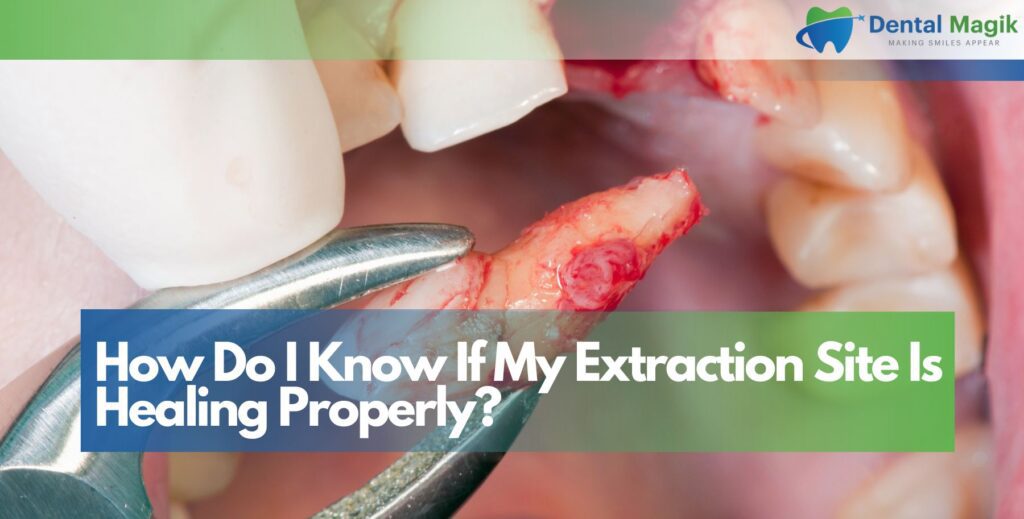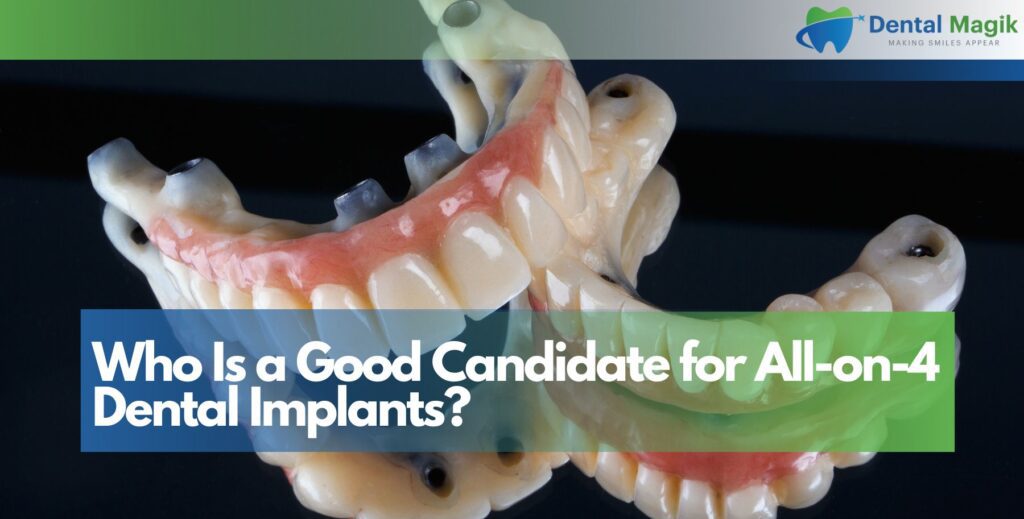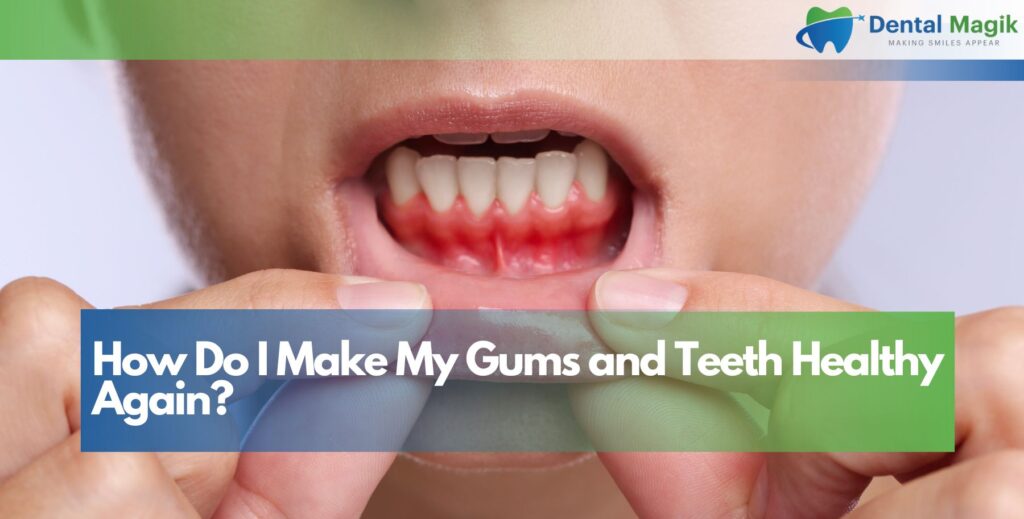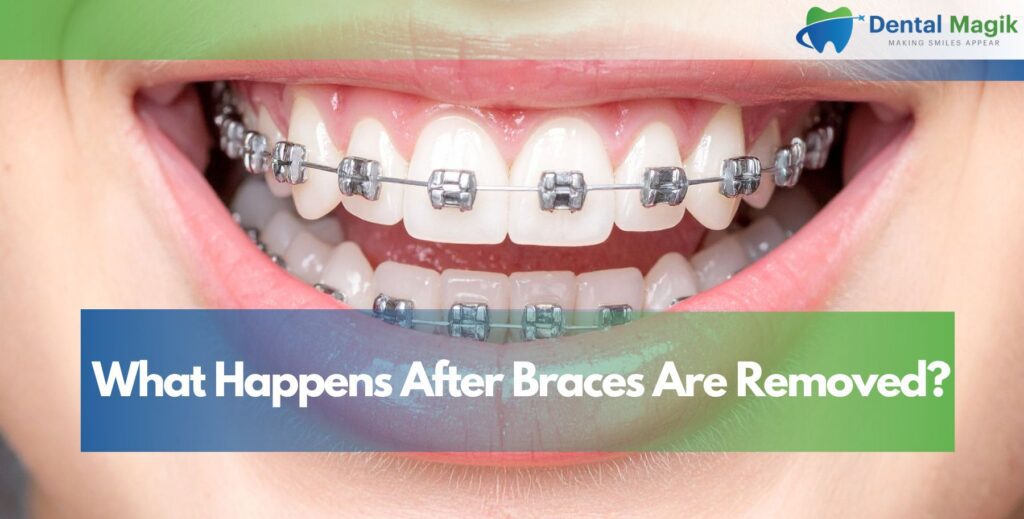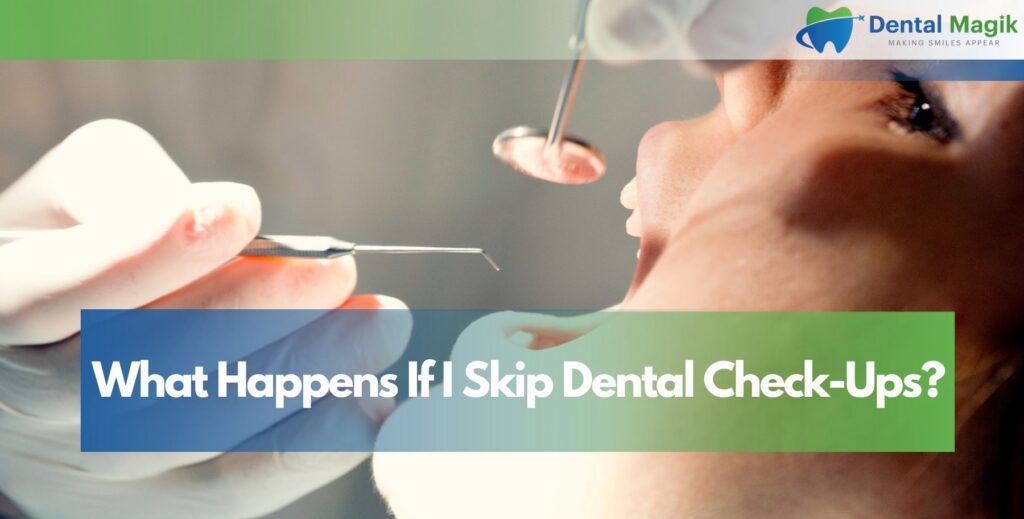A gap between teeth, also known as diastema, is a common dental condition that affects both children and adults. For some, gaps are simply cosmetic and part of their natural smile. For others, they may cause self-consciousness, difficulty chewing, or even speech challenges. Fortunately, modern dentistry offers a wide range of solutions to treat gaps in teeth, whether for cosmetic reasons, functional improvement, or both.
This article provides a comprehensive guide to treatment options for gaps between teeth, explaining their causes, available treatments, costs, and what to expect during care.
Table of Contents
Understanding Gaps Between Teeth (Diastema)
A tooth gap is any space between two teeth, but it most often appears between the upper front teeth. While some gaps are harmless, others may indicate underlying issues with bite alignment, gum health, or jaw development.
Common Causes of Tooth Gaps
- Genetics: A natural mismatch between jaw size and teeth can leave spaces.
- Missing or undersized teeth: Especially lateral incisors.
- Gum disease: Periodontal issues can cause bone loss, leading to shifting and gaps.
- Frenum attachment: An oversized labial frenum (tissue between upper lip and gum) may push teeth apart.
- Thumb sucking or tongue thrusting: Habits can create pressure that widens gaps.
- Orthodontic relapse: Teeth may shift back after braces if retainers aren’t worn.
Why Fixing Tooth Gaps Matters
Some people embrace their gaps as part of their unique appearance. However, for many patients, closing a teeth gap has important benefits.
Cosmetic Reasons
A smile without gaps often looks more uniform and aesthetically pleasing, improving self-confidence.
Functional Benefits
Large gaps may trap food, affect bite, or interfere with clear speech. Closing them restores function.
Oral Health Improvement
Fixing gaps reduces plaque buildup, lowering the risk of cavities and gum disease.
Treatment Options for Gaps Between Teeth
The right treatment depends on the cause, size, and location of the gap.
Orthodontic Treatment for Tooth Gaps
Orthodontics is one of the most common ways to close gaps permanently.
Braces
Traditional braces use brackets and wires to gradually shift teeth together. They are highly effective for closing gaps caused by spacing or misalignment.
Clear Aligners (Invisalign)
Invisalign and other clear aligners are a popular choice for patients who prefer a discreet option. They move teeth gradually, closing spaces without the look of metal braces.
Cosmetic Bonding for Tooth Gaps
Dental bonding is a quick, affordable solution where tooth-colored resin is applied to reshape teeth and close small gaps.
Advantages of Bonding
- Minimally invasive
- Completed in one visit
- Natural appearance
Limitations of Bonding
- Less durable than crowns or veneers
- May stain or chip over time
Veneers for Gaps Between Teeth
Porcelain veneers are thin shells placed on the front of teeth to create an even, uniform smile.
Benefits of Veneers
- Long-lasting (10–15 years)
- Highly aesthetic, mimicking natural enamel
- Corrects multiple cosmetic issues at once
Considerations
- Requires enamel removal
- Higher cost than bonding
Dental Crowns to Fix Tooth Gaps
In cases where teeth are weak, small, or misshapen, dental crowns can close gaps while restoring strength.
Crowns cover the entire tooth and are especially useful if structural support is needed along with cosmetic improvement.
Dental Bridges for Missing Teeth
If a gap is caused by a missing tooth, a dental bridge can fill the space. The bridge is anchored to surrounding teeth or implants, creating a natural-looking replacement.
Dental Implants for Permanent Gap Solutions
For patients missing teeth, dental implants are the gold standard. A titanium post is placed into the jawbone, topped with a crown that looks and functions like a natural tooth.
Frenectomy for Large Gaps Caused by Frenum
When the labial frenum is responsible for a gap, a frenectomy (surgical removal of the tissue) may be performed. Often combined with orthodontics, this prevents the gap from reopening.
Gum Disease Treatment Before Closing Gaps
If gaps result from gum disease, treatment must begin with scaling, root planing, and periodontal care. Only once gums are healthy can cosmetic procedures be performed safely.
Choosing the Right Treatment
Every patient is different, so the best treatment depends on:
- The size and cause of the gap
- Budget and insurance coverage
- Cosmetic expectations
- Overall oral health
A dentist can evaluate your smile and recommend a customized plan.
Average Costs of Closing Teeth Gaps
Treatment costs vary widely depending on the method chosen:
- Bonding: $200 – $600 per tooth
- Veneers: $900 – $2,500 per tooth
- Braces: $3,000 – $7,500 total
- Clear Aligners: $4,000 – $7,500
- Crowns: $1,000 – $3,000 per tooth
- Implants: $3,000 – $6,000 per implant
- Bridges: $1,500 – $5,000 depending on complexity
Preventing Gaps After Treatment
Once a gap between teeth has been corrected, prevention is key. Wearing retainers as prescribed keeps teeth in position. Maintaining excellent oral hygiene reduces shifting caused by gum disease. Routine dental visits ensure early detection of relapse. Avoiding habits like thumb sucking and tongue thrusting also protects long-term results.
Retainers After Orthodontics
Wearing retainers consistently prevents teeth from drifting back.
Good Oral Hygiene
Preventing gum disease protects against bone loss that can create gaps.
Lifestyle Habits
Avoid thumb sucking and tongue thrusting, and seek treatment for grinding if needed.
Conclusion
Gaps between teeth may be natural, but for many, they create cosmetic or functional challenges. Fortunately, treatments like bonding, veneers, braces, aligners, implants, and crowns can restore both confidence and oral health.
If you’re considering closing your teeth gap, consult an experienced Dentist in East Brunswick, NJ for expert advice tailored to your needs.
FAQs
What is the best treatment for a gap between teeth?
It depends on the cause. Small gaps may be closed with bonding or veneers, while larger gaps often require orthodontics or implants.
Does insurance cover teeth gap filling?
Most insurance plans cover medically necessary treatments but may not cover cosmetic procedures like veneers.
How much does it cost to close your tooth gap?
Costs range from $200 for bonding to $7,500 for orthodontics or more for implants.
Can a dentist fix gaps without fillings?
Yes. Veneers, crowns, or orthodontics may be used instead of fillings.
How much does it cost to fix a teeth gap?
On average, between $200 and $7,500 depending on the chosen treatment.
Is there an alternative to getting a filling?
Yes. Bonding, veneers, aligners, or implants may be alternatives.
What is the new method of filling teeth?
Modern fillings use tooth-colored composite resins that blend seamlessly with natural teeth.
What is Curodont Repair?
Curodont Repair is a non-invasive treatment designed to regenerate enamel in early cavities, though it’s not commonly used for closing gaps.
How to never need a filling again?
Maintain excellent oral hygiene, eat a balanced diet, and attend regular dental checkups to prevent cavities before they form.


